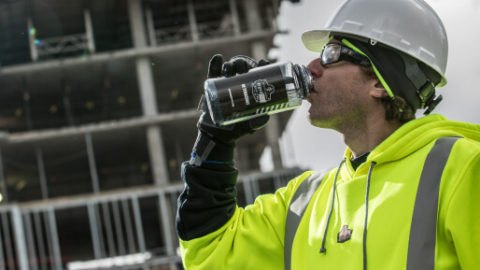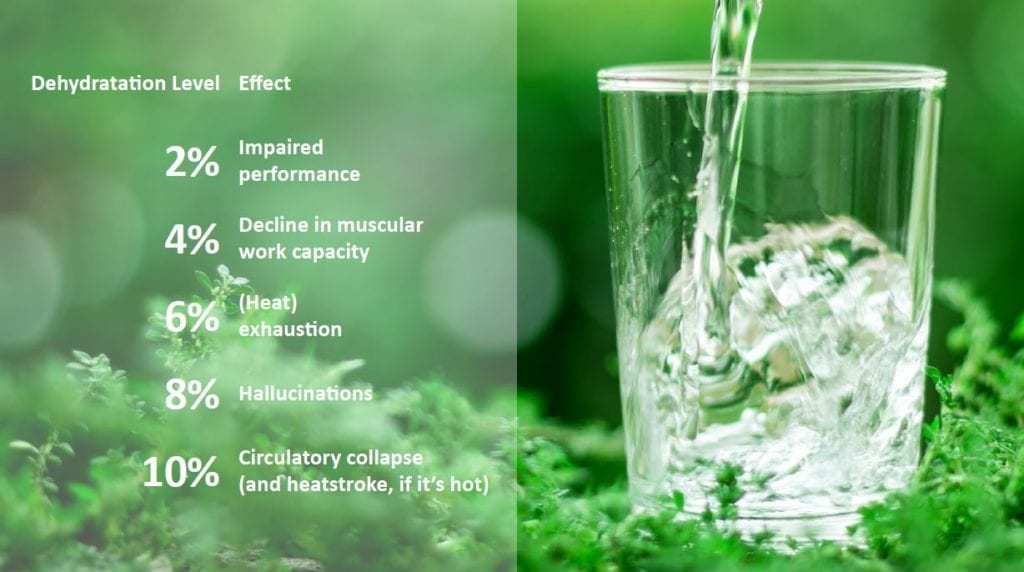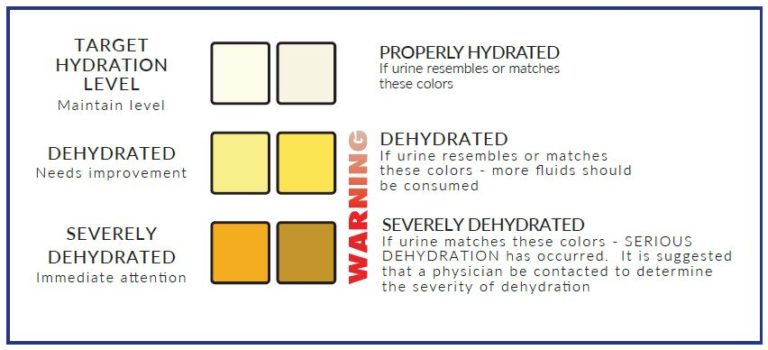 In the dog days of summer, we get frequent reminders to drink water, but staying hydrated in cold winter weather is just as important – especially on the job site.
In the dog days of summer, we get frequent reminders to drink water, but staying hydrated in cold winter weather is just as important – especially on the job site.
Colder weather brings lower humidity levels, so the air we breathe is drier, which makes our lungs work overtime. The more the body works, the more hydration it needs.
The water vapor we exhale in a day can fill more than a 1-liter soda bottle. So, it goes without saying that ensuring workers are sufficiently hydrated is an important step to maintaining a safe, healthy workplace.
Why staying hydrated in cold winter weather matters
Our bodies are about 60 percent water. It’s an essential nutrient that helps:
- Regulate core body temperature.
- Carry nutrients to vital organs.
- Flush out internal toxins.
We lose water throughout the day through normal activities like sweating, exhaling and urinating. Not replenishing those fluids could lead to dehydration, which impacts the body’s ability to work and function properly.
A number of factors can contribute to unsafe body temperature drops and fluid loss in winter weather:
- Lack of fluid intake
- Freezing temperatures and wind chill
- Improper clothing for the weather
- Physical exertion
- Direct exposure to harsh weather
- Pre-existing medical conditions
- Poor physical conditioning
 Are you properly hydrated?
Are you properly hydrated?
You can’t always rely on the thirsty feeling to remind you that your body needs more fluids. One of the easiest ways to tell if your body is properly hydrated is by a quick examination of your urine color.
- Pale and plentiful = proper hydration
- Medium to dark yellow = mild dehydration, more fluids required
- Medium to dark orange = severe dehydration (consider contacting a physician)
 Additional symptoms of dehydration include:
Additional symptoms of dehydration include:
- Thirst (though not always)
- Fatigue
- Muscle cramps
- Nausea
- Dizziness
- Confusion
- Excessive perspiration
- Hot and dry skin
In general, it’s recommended that the average adult drink one quart per hour of active work. For example, getting into the habit of drinking about 1 cup (250 ml) of fluid every 15 minutes will keep your hydration levels up for the duration of your shift.
It’s important to understand, though, that every body is different and the required amount of hydration varies depending on several factors:
- Underlying health conditions – People dealing with high blood pressure, diabetes and heart disease may have different hydration requirements, and certain medications can change the way the body responds to environmental factors.
- Level of physical exertion – Performing basic tasks causes the body to lose hydration. The harder the task, the more fluid your body will lose.
- Work environment – In cold weather, sweat tends to turn to water vapor more quickly, and extra clothing layers can prevent us from realizing we are getting dehydrated. This is one of the main causes of hypothermia in people who remain outdoors for long periods of time.
Making winter hydration a workplace priority
There are ways for managers to make the workplace a hydration-friendly environment. For one, it’s important to provide education and training. Most people know the body requires more hydration when it’s hot outside, but many are surprised to find out that it’s also a factor in cold weather.
It’s important to have plenty of fluids readily available since workers are more likely to take hydration breaks when they have drinks easily accessible to them. Since many workers consume coffee during cold weather, it’s worth noting that electrolyte replacement drinks can help replenish depleted electrolytes that can be lost due to increased caffeine intake, as well as other job site dehydration factors listed above.
Finally, don’t be afraid to allow regular breaks. Each job site should have a shelter (ideally a heated one) where workers can get relief from the chilly weather. It’s also a great place to keep water. Mandating regular breaks is a great way to remind workers to stop and rehydrate before returning to the job.
This blog post was drafted in partnership with Sqwincher.
Related posts
Best winter work gear guide for extremely cold job sites (FREE DOWNLOAD)
Winter shift scheduling tools for safety supervisors (FREE DOWNLOAD)